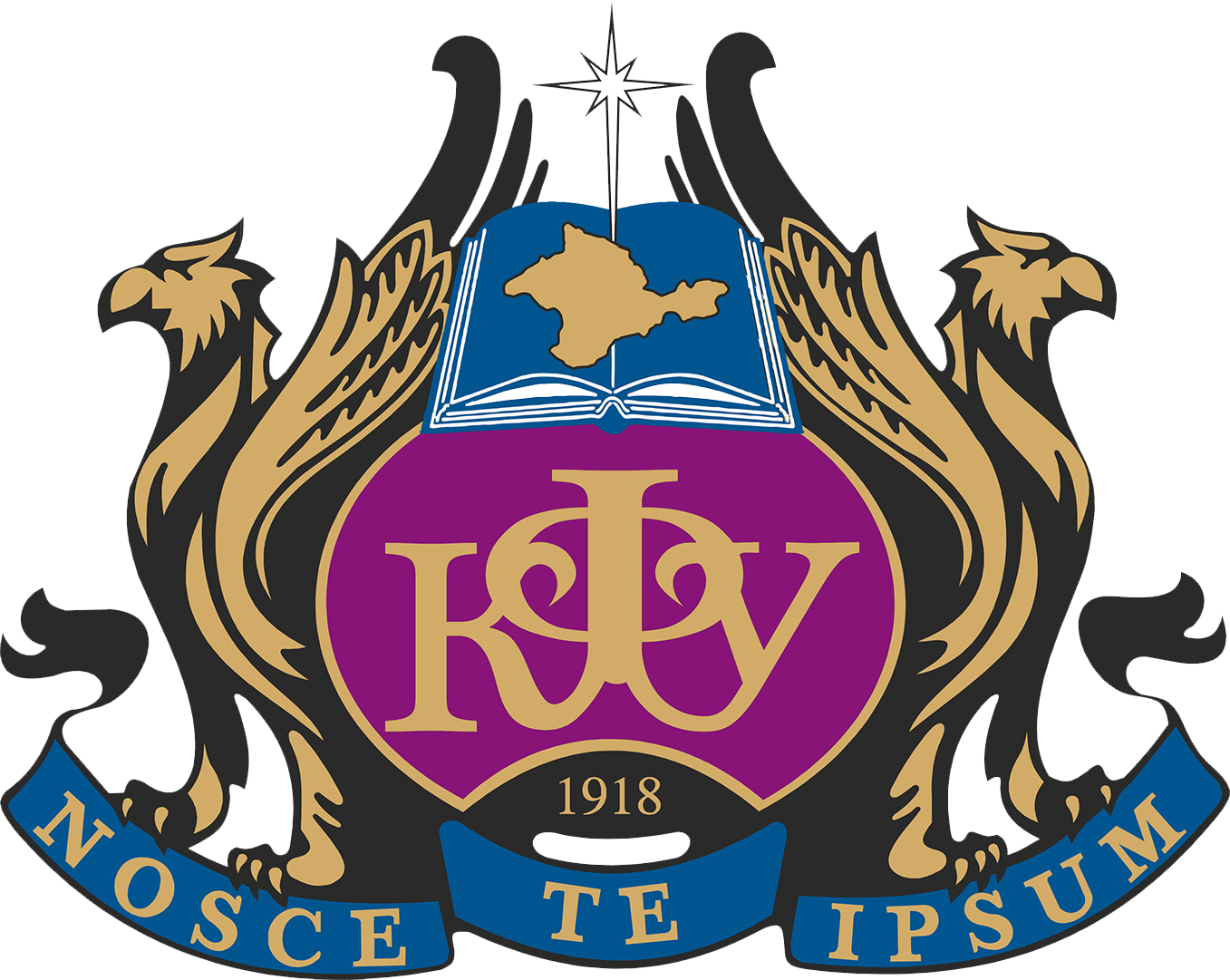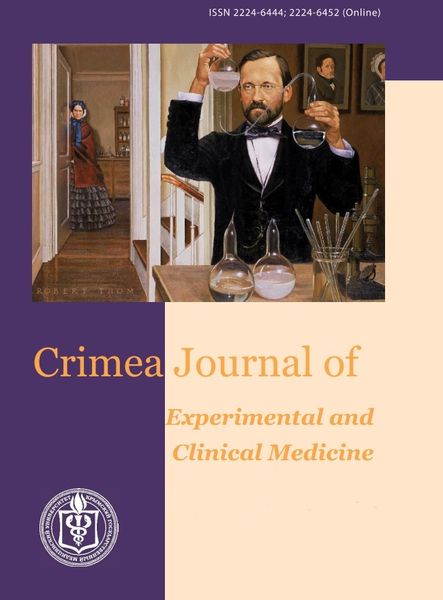Medicinskiy radiologicheskiy nauchnyy centr im. A.F. Cyba – filial «NMIC radiologii»
Russian Federation
The “male factor” accounts for half of the causes of childlessness among married couples; in order to understand the etiopathogenetic mechanisms of these spermatogenesis disorders, it is necessary to create animal models, includ- ing with the use of radiation. In addition, in clinical practice, the methods of radiation therapy are successfully used in the treatment of malignant neoplasms. Given the increase in the number of testicular malignant neoplasms, it is necessary to improve existing methods and develop new ones. Aim of the study: molecular biological assessment of the proliferation and apoptosis of gametes in male rats after electron irradiation with doses of 2 Gy, 8 Gy and 12 Gy. Material and methods. Wistar males (220 ± 20 g; 9 – 10 weeks; n = 40) were randomly divided into control (I; n=10) and experimental (II – IV; n=10 in each) group depending on the dose of a single sighting irradiation with electrons of the pelvic segment in the projection of the testes: II – 2 Gy, III – 8 Gy, IV – 12 Gy, which were studied by immunohisto- chemical method using antibodies to Ki-67, caspase-3, Bcl-2 and p53 Results. A week after irradiation with 2 Gy, 8 Gy, and 12 Gy, an increase in the level of the terminal phase of apop- tosis, caspase-3 (25.0±0.1, 55.0±0.2 and 74.0±0.1, respectively), and a decrease in the proliferation marker Ki-67 (18.0±0.1, 8.0±0.3 and 2.0±0.1, respectively), a decrease of degree of antiapoptotic Bcl-2 (27.0±0.7, 15.5±0.7, and 7.0±0.2, respectively) and an increase of proapoptotic p53 (33.0±0.1, 83.0±0.1, and 67.0±0.2, respectively) factors. Conclusion. In the testis, a single irradiation with electrons leads to a sharp shift in the proliferative-apoptotic bal- ance towards the death of germ cells, primarily spermatogonia.
spermatogenesis, radiation, proliferation, apoptosis, «NOVAC-11»
1. Kumar N., Singh A. K. Trends of male factor infertility, an important cause of infertility: A review of literature. J Hum Reprod Sci. 2015;8(4):191-196. doihttps://doi.org/10.4103/0974-1208.170370.
2. Chalyi M. E., Akhvlediani N. D., Kharchilava R. R. Male infertility. Urologiia. 2017;(S2):4-19. (In Russ.).
3. Demyashkin G. A. Apoptosis in seminiferous tubules of human in normal and in idiopathic infertility. Tsitologiya. 2018;60:208-218. (In Russ.) doihttps://doi.org/10.31116/tsitol.2018.03.07.
4. Dehghani F., Sotoude N., Bordbar H., Panjeshahin M., Karbalay-Doust S. The use of platelet- rich plasma (PRP) to improve structural impairment of rat testis induced by busulfan, Platelets, 2018. doi:https://doi.org/10.1080/09537104.2018.1478400.
5. Khan S., Adhikari J. S., Rizvi M. A. Radioprotective potential of melatonin against 60Co γ-ray-induced testicular injury in male C57BL/6 mice. J Biomed Sci. 2015;22: 61. doi:10.1186/ s12929-015-0156-9.
6. Dergilev A. A., Palyga G. F., Chibisova O. F., Ivanov V. L., Panfilova V. V., Zhavoronkov L.P. Radiation and spermatogenesis: experimental estimation of radiation effect at doses below castrate level on ontogenesis. Radiation and Risk. 2012;21(4):51-60.
7. Gao S., Zhao Z., Wu R., Zeng Y., Zhang Z., Miao J., Yuan . Bone marrow mesenchymal stem cell transplantation improves radiationinduced heart injury through DNA damage repair in rat model. Radiat Environ Biophys. 2017;56:63-77.
8. Ghobadi A., Shirazi A., Najafi M., Kahkesh M. H., Rezapoor S. Melatonin ameliorates radiation- induced oxidative stress at targeted and nontargeted lung tissue. J Med Phys. 2017;42:241-244.
9. Bing S. J., Kim M. J., Ahn G., Im J., Kim D. S., Ha D., Cho J., Kim A., Jee Y. Acidic polysaccharide of Panax ginseng regulates the mitochondria/caspase-dependent apoptotic pathway in radiation-induced damage to the jejunum in mice. Acta Histochem. 2014;116:514-521.
10. Demyashkin G. A., Proliferation and apoptosis of male germ cells in the seminiferous epithelium in normal and nonobstructive azoospermia. Crimea Journal of Experimental and Clinical Medicine 2016;7(2):19-32. (In Russ.).
11. Naeimi R. A., Talebpour Amiri F., Khalatbary A. R., Ghasemi A., Zargari M., Ghesemi M., Hosseinimehr S. J. Atorvastatin mitigates testicular injuries induced by ionizing radiation in mice. Reprod Toxicol. 2017;72:115-121.
12. Ji H. J., Wang D. M., Wu Y. P. Wuzi Yanzong pill, a Chinese polyherbal formula, alleviates testicular damage in mice induced by ionizing radiation. BMC Complement Altern Med. 2016;16:1-7.
13. Ahmed M. M., Ibrahim Z. S., Alkafafy M., El-Shazly S. A. L-Carnitine protects against testicular dysfunction caused by gamma irradiation in mice. Acta Histochem. 2014;116:1046-1055.
14. Geramizadeh B., Marzban M., Churg A. (2016). Role of immunohistochemistry in the diagnosis of solitary fibrous tumor, a review. Iran J Pathol. 11:195-203
15. Topcu A., Mercantepe F., Rakici S., Tumkaya L., Avni H. An investigation of the effects of N-acetylcysteine on radiotherapy-induced testicular injury in rats. Naunyn-Schmiedeberg’s Arch Pharmacol; 2018. doihttps://doi.org/10.1007/s00210-018- 1581-6.
16. Aktoz T., Caloglu M., Yurut-Caloglu Vet. Histopathological and biochemical comparisons of the protective effects of amifostine and l-carnitine against radiation-induced acute testicular toxicity in rats. Andrologia. 2017;49:1-7.
17. El-Missiry M. A., Othman A.I., El-Sawy M. R., Lebede M. F. Neuroprotective effect of epigallocatechin-3 gallate (EGCG) on radiation-induced damage and apoptosis in the rat hippocampus. Int J Radiat Biol. 2018;0:1-27.





